IMPORTANT SAFETY INFORMATION
CONTRAINDICATIONS
ILARIS is contraindicated in patients with confirmed hypersensitivity to canakinumab or to any of the excipients.
WARNINGS AND PRECAUTIONS
Serious Infections
ILARIS has been associated with an increased risk of serious infections. Exercise caution when administering ILARIS to patients with infections, a history of recurring infections or underlying conditions, which may predispose them to infections. Avoid administering ILARIS to patients during an active infection requiring medical intervention. Discontinue ILARIS if a patient develops a serious infection.
Infections, predominantly of the upper respiratory tract, in some instances serious, have been reported with ILARIS. Generally, the observed infections responded to standard therapy. Isolated cases of unusual or opportunistic infections (eg, aspergillosis, atypical mycobacterial infections, cytomegalovirus, herpes zoster) were reported during ILARIS treatment. A causal relationship of ILARIS to these events cannot be excluded. In clinical trials, ILARIS has not been administered concomitantly with tumor necrosis factor (TNF) inhibitors. An increased incidence of serious infections has been associated with administration of another interleukin-1 (IL-1) blocker in combination with TNF inhibitors. Coadministration of ILARIS with TNF inhibitors is not recommended because this may increase the risk of serious infections.
Drugs that affect the immune system by blocking TNF have been associated with an increased risk of new tuberculosis (TB) and reactivation of latent TB. It is possible that use of IL-1 inhibitors, such as ILARIS, increases the risk of reactivation of TB or of opportunistic infections.
Prior to initiating immunomodulatory therapies, including ILARIS, evaluate patients for active and latent TB infection. Appropriate screening tests should be performed in all patients. ILARIS has not been studied in patients with a positive TB screen, and the safety of ILARIS in individuals with latent TB infection is unknown. Treat patients testing positive in TB screening according to standard medical practice prior to therapy with ILARIS. Instruct patients to seek medical advice if signs, symptoms, or high risk exposure suggestive of TB (eg, persistent cough, weight loss, subfebrile temperature) appear during or after ILARIS therapy. Healthcare providers should follow current CDC guidelines both to evaluate for and to treat possible latent TB infections before initiating therapy with ILARIS.
Immunosuppression
The impact of treatment with anti-IL-1 therapy on the development of malignancies is not known. However, treatment with immunosuppressants, including ILARIS, may result in an increase in the risk of malignancies.
Hypersensitivity
Hypersensitivity reactions have been reported with ILARIS therapy. During clinical trials, no anaphylactic reactions attributable to treatment with canakinumab have been reported. It should be recognized that symptoms of the underlying disease being treated may be similar to symptoms of hypersensitivity. If a severe hypersensitivity reaction occurs, administration of ILARIS should be discontinued and appropriate therapy initiated.
Immunizations
Avoid administration of live vaccines concurrently with ILARIS. Update all recommended vaccinations prior to initiation of therapy with ILARIS. In addition, because ILARIS may interfere with normal immune response to new antigens, vaccinations may not be effective in patients receiving ILARIS.
Canakinumab, like other monoclonal antibodies, is actively transported across the placenta mainly during the third trimester of pregnancy and may cause immunosuppression in the in utero exposed infant. The risks and benefits should be considered prior to administering live vaccines to infants who were exposed to ILARIS in utero for at least 4 to 12 months following the mother’s last dose of ILARIS.
Macrophage Activation Syndrome
Macrophage Activation Syndrome (MAS) is a known, life-threatening disorder that may develop in patients with rheumatic conditions, in particular Still’s disease, and should be aggressively treated. Physicians should be attentive to symptoms of infection or worsening of Still’s disease as these are known triggers for MAS. Eleven cases of MAS were observed in 201 SJIA patients treated with canakinumab in clinical trials. Based on the clinical trial experience, ILARIS does not appear to increase the incidence of MAS in Still’s disease patients, but no definitive conclusion can be made.
ADVERSE REACTIONS
Serious adverse reactions reported with ILARIS in the CAPS clinical trials included infections and vertigo. The most common adverse reactions greater than 10% associated with ILARIS treatment in CAPS patients were nasopharyngitis, diarrhea, influenza, rhinitis, headache, nausea, bronchitis, gastroenteritis, pharyngitis, weight increased, musculoskeletal pain, and vertigo.
The most common adverse reactions greater than or equal to 10% reported by patients with TRAPS, HIDS/MKD, and FMF treated with ILARIS were injection site reactions and nasopharyngitis.
The most common adverse drug reactions greater than 10% associated with ILARIS treatment in SJIA patients were infections (nasopharyngitis and upper respiratory tract infections), abdominal pain, and injection site reactions.
The most common adverse reactions greater than 2% reported by adult patients with gout flares treated with ILARIS in clinical trials were nasopharyngitis, upper respiratory tract infections, urinary tract infections, hypertriglyceridemia, and back pain.

